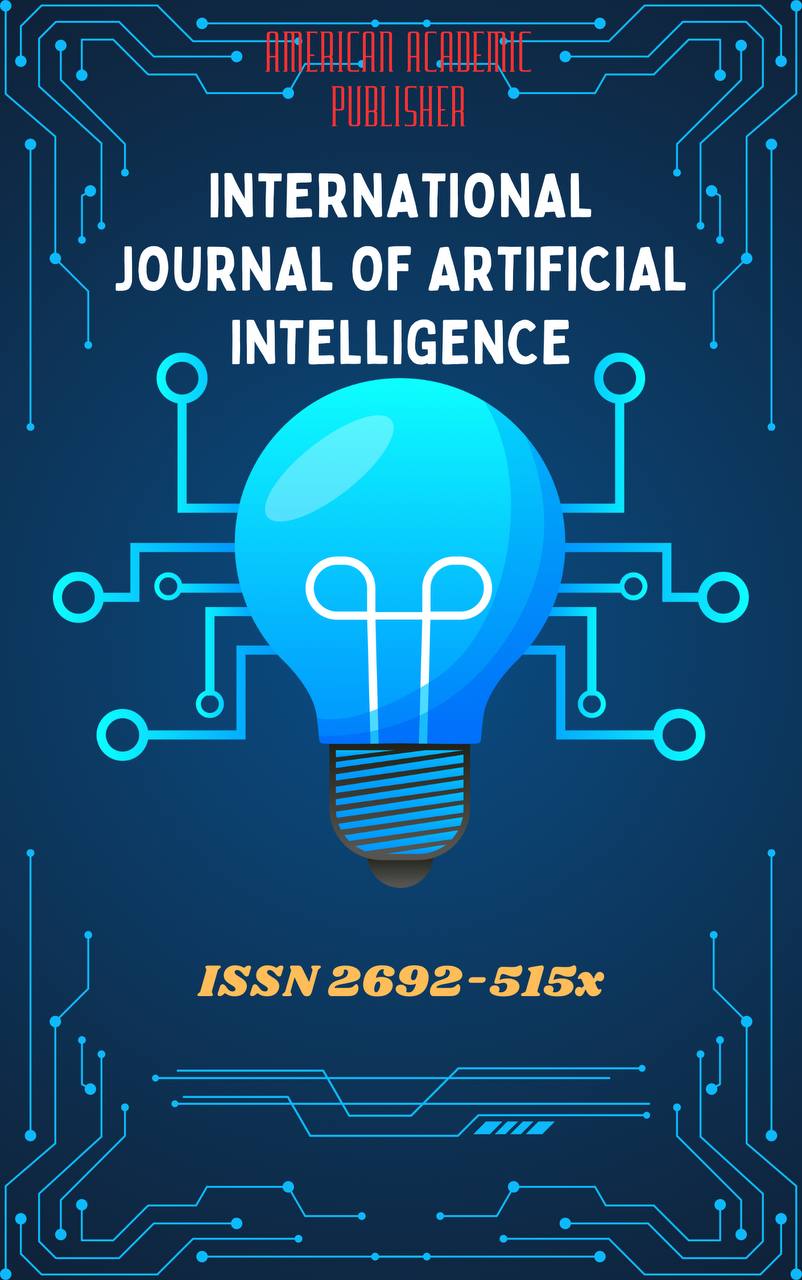 Articles
| Open Access |
Articles
| Open Access | CONTENT BASED APPROACH
Eshmuradova Hayotgul Daminovna , Samarkand State Institute of Foreign LanguagesAbstract
Content-based learning is one of the most widely studied areas today. This article presents facts and opinions about the advantages and disadvantages of a content-based approach.
Keywords
CBA, digital space, website, social networks, email newsletters, EAP, texts, videos, podcasts, infographics ESL/EFL,
References
Crandall, J., & Tucker, G. R. (1990). Content-based instruction in second and foreign languages. In A. Padilla, H. H. Fairchild, & C. Valadez (Eds.), Foreign language education: Issues and strategies. Newbury Park, CA: Sage.
Richards, J. & Rodgers, T. (2001). Approaches and Methods in Language Teaching. Second Edition. NY: Cambridge University Press.
Sagliano, M., & Greenfield, K. (1998). A collaborative model of content-based EFL instruction in the liberal arts. TESOL Journal, 7(3), 23-28.
Snow, M. (2001) Content-based and immersion models for second and foreign Language teaching. In M. Cele-Murcia (Ed.), Teaching English as a second or foreign language (pp. 303-318). Boston: Heinle and Heinle.
Shang, H. (2006) Content-based instruction in EFL literature Curriculum. The Internet TESL Journal, 11, 1-7.
Stryker, Stephen B., ed. Leaver, Betty Lou, ed. (1997). Content-based instruction in foreign language education : models and methods. Georgetown University Press. ISBN 087840659X
Article Statistics
Downloads
Copyright License

This work is licensed under a Creative Commons Attribution 4.0 International License.

